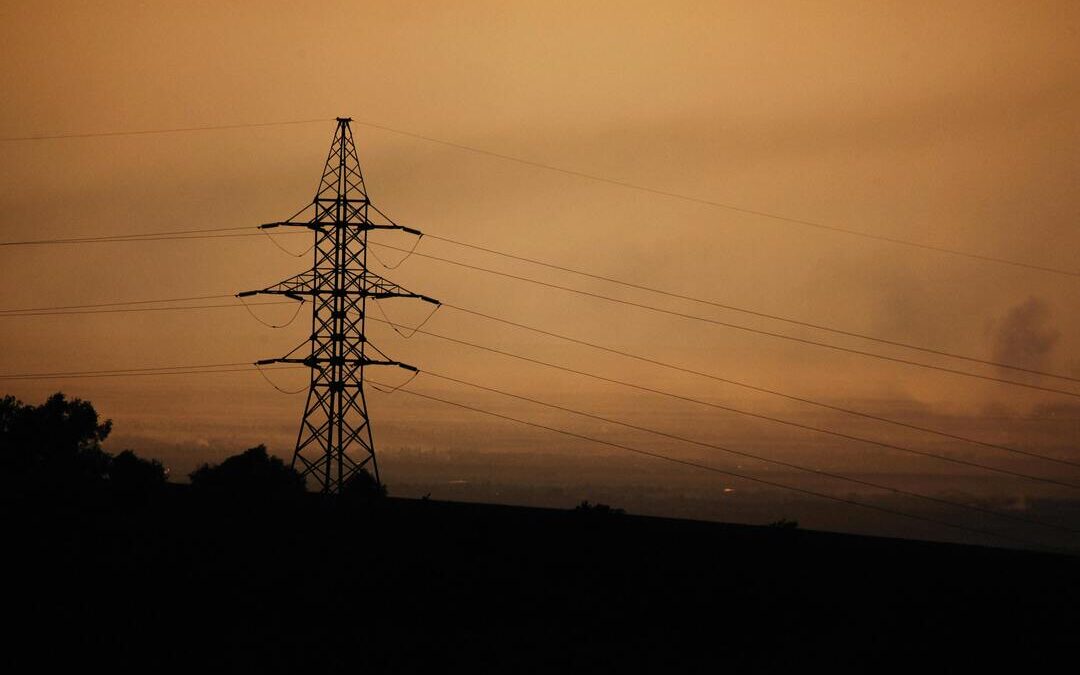India To Record 8% Rise in Electricity Consumption in 2024: IEA
Assuming a return to average weather conditions, IEA expect electricity demand growth in India to ease moderately to 6.8 percent in 2025.
India, the fastest growing major economy in the world, is forecast to post an 8 percent rise in electricity consumption in 2024, according to the International Energy Agency.
The Paris-based intergovernmental organization in its mid-year electricity update for July found that the growth is supported by strong growth in gross domestic product and increased cooling demand due to long and intense heatwaves.
In the first half of 2024, the country grappled with heatwaves of record duration, with peak load reaching a new high and putting exceptional strains on power systems.
“Assuming a return to average weather conditions, we expect electricity demand growth in India to ease moderately to 6.8 percent in 2025,” said Eren Cam, energy analyst for electricity at IEA and the first author of this report.
The study also found that global electricity consumption is expected to increase at the fastest pace in years, fueled by robust economic growth, intense heatwaves and continued electrification worldwide.
“The 4 percent growth expected for 2024 is the highest since 2007, with the exceptions of the sharp rebounds in 2010 after the global financial crisis and in 2021 following the Covid-induced demand collapse,” said Cam, while adding that this growth would be driven by China, India and the US.
The IEA expects this demand trend to continue in 2025, with growth also at 4 percent. In both 2024 and 2025, the rise in the world’s electricity use is projected to be significantly higher than global GDP growth of 3.2 percent.
Demand scenario in China
Electricity demand in China is forecast to increase by 6.5 percent in 2024, similar to its average rate between 2016 and 2019. This still strong annual growth represents a modest slowdown from 7 percent in 2023 amid the ongoing restructuring of the Chinese economy.
Electricity consumption in 2024 and 2025 is expected to be driven by robust activity in the services industries and various industrial sectors, including a rapid rise in solar energy, electric vehicle and battery production and the electricity-intensive processing of related materials.
Continued expansion of 5G networks and data centers as well as strong EV uptake in the domestic market are also contributing factors.
“Over the last three years, China has been adding electricity demand roughly equivalent to that of Germany each year, on average, and this trend is expected to continue through 2025, with growth forecast at 6.2 percent,” said IEA’s Cam.
Consumption trends in the US
Electricity demand in the United States is set to rebound significantly in 2024, increasing by 3 percent year-on-year. The stronger growth rate is due, in part, to the comparison with 2023 when demand declined by 1.6 percent amid mild weather.
The study found that electricity consumption is boosted by an improved economic outlook as well as rising demand for air conditioning amid severe heatwaves and the surge in data center expansions. Demand is forecast to rise by 1.9 percent in 2025.
Demand scenario in EU
Electricity demand in the European Union is expected to increase by 1.7 percent in 2024 as economic difficulties ease, but uncertainty over the pace of growth remains.
EU electricity consumption had contracted over the two previous years, with the decline in output from energy-intensive industries an important driver.
The report stated that signs of a recovery in EU electricity demand emerged starting in the fourth quarter of 2023. Growth gained further traction during the first half of 2024 as energy prices stabilized and various industries that had previously curtailed operations restarted.
Nevertheless, while coming down from previous highs, energy prices in Europe are still elevated compared with pre-Covid levels. This, combined with a moderately sluggish macroeconomic outlook, continues to weigh on some industries and raises uncertainties over the pace of the demand recovery.
Other growth drivers
The rise of artificial intelligence has put the electricity consumption of data centers in focus, making better stocktaking more important than ever.
In many regions, historical estimates of data centers’ electricity consumption are hampered by a lack of reliable data.
At the same time, future projections include a very wide range of uncertainties related to the pace of deployment, the diverse and expanding applications of AI, and the potential for energy efficiency improvements, the report added.
Read More:
The World’s EV Fleet Continues to Grow Strongly, with 2024 Sales Set to Reach 17 Million: IEA


